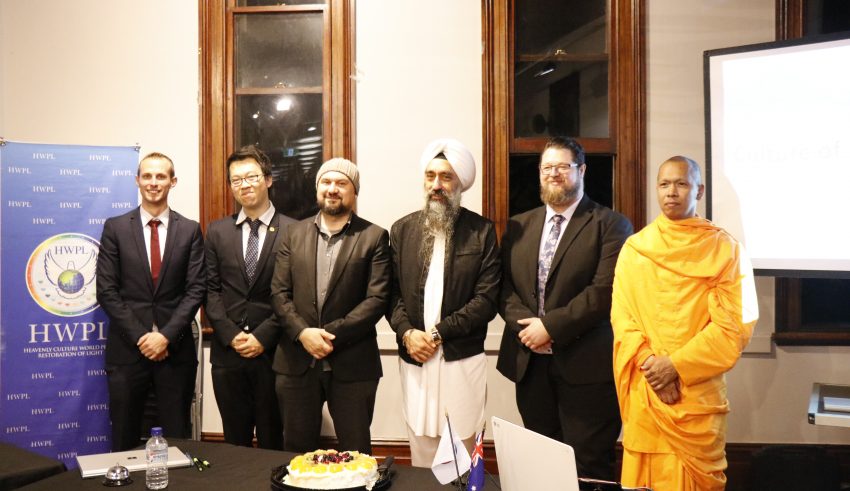
HWPL Sydney holds its 50th interfaith dialogue session discussing ‘The Beginning of Man’ according to the Scriptures.
Sydney, September 21, 2019 – International peace organization HWPL (Heavenly Culture, World Peace & Restoration of Light) held its 50th interfaith dialogue W.A.R.P (World Alliance of Religions’ Peace) meeting in Sydney, a significant conflict-resolution initiative which aims to reduce the inter-religious misunderstandings and misperceptions people may have. This not only helps build the knowledge and awareness within the community, and promote friendship and harmony, it also helps reduce potential conflicts and violence around the world. With this goal to perpetuate peace, religious leaders, members of the community and media professionals gathered in Glebe Townhall in Sydney for the 50th time to discuss the topic ‘The Beginning of Man’ according to the Scriptures, and celebrate the milestone achieved.
The panelists in attendance to lead the discussion included Sheikh Soner Coruhlu representing Islam, Venerable Atorn Ninlapong representing Buddhism, Mr. Padaam Deep Singh representing Sikhism and Dr. Daniel Zeitoune representing Christianity. On the night, the discussion question asked was: “Is there a record of how many years ago human beings were created by the creator, and is there a record of the historical accounts?” According to the panelists, in the Islamic Scripture the Qur’an, it is recorded that a man is a creation made in “the best of moulds and able to morally judge and possess humility.” Thereby, it is recorded that Adam is the first human being on earth, however how long ago he existed is not stated within the Qur’an. This means the existence of the first man in Islam could very well align with the fossil records of the scientifically accepted first man the Neanderthal or could be different. But the core concept to be understood here is that science and religion can and should complement each other rather than stand opposed.
In the Buddhist Scripture, there is no record or mention of the first man, however, it speaks of the universe and the presence of both a heavenly and an earthly realm and that we humans are trapped in an endless cycle of birth and death called samsara. All are trapped in this cycle of birth and rebirth, however, if one can achieve perfection by cleansing themselves of the defilement, they can reach liberation which is the state beyond samsara. Thus, the purpose of Buddhism is to teach one to cultivate life and achieve perfection. Interestingly, as it is possible through meditation to go back through one’s past lives and theoretically then the origin of man, this is something that must be done by the individual and is very subjective.
In Sikh Scripture, as in Buddhism, there is no exact record of the first man or how long ago he was created, however, it is stated that man has been wiped out and recreated countless times and there are also countless worlds in this universe created by God. Rather than the beginning of man, Sikhism speaks of the beginning of the universe, which is the beginning of God himself, who from nothingness “created himself, his personality, his name, his nature with one sound and from that everything else.
In the Christian Scripture, it is stated that Adam is the first man, however, man in the Bible is not mere flesh and blood but a person with the ability to understand God (Psalms 49:20). This first man Adam, through meticulously recorded genealogies throughout the Bible, (Genesis chapter 5, 1 Chronicles chapter 9 for example), dates Adam to have existed about 6000 years ago; meaning that although there were people before Adam, he was the first one who could acknowledge and be acknowledged by God. So, God could make a promise with him and his descendants among whom Jesus Christ physically appears. While the Bible states that God created the universe (Hebrews 3:4), it is not an account of the entire world and its population, but only of the chosen people’s lineage throughout the ages. And this record presented by genealogy and accounts of various historical events in the Bible can be cross-referenced by other historical texts such as the Babylonian tablets, and Persian history. Thus, the Bible is a trustworthy account of the lives and experiences between God and real people who existed within the last 6000 years.
After the discussion, each panelist screened a presentation about a specific aspect of their religion that was both intriguing and unique. The Christian panelist gave a presentation about the various perceptions of the appearance of Jesus Christ according to many different cultures and peoples over the years. Following on from this, he then demonstrated the foretold and therefore correct description about the appearance of Jesus; not the handsome Caucasian, well-built man presented in movies and sculptures, but the “warrior powerless to save” (Jeremiah 14:9) “so disfigured beyond that of any human being and his form marred beyond human likeness” (Isaiah 52:14) and with “no beauty or majesty to attract [any] to him, nothing in his appearance that we should desire him” (Isaiah 53:2). This highlighted the importance of verifying even the most basic and widely accepted things and not make assumptions.
The next special presentation was a recital of chapter 59 verses 22 – 24 and chapter 96 verses 1 – 5 of the Qur’an, which speak about the nature and character of God by Sheikh Soner. Reciting the ancient words in Arabic first, then translating the text so everyone could gain the complete experience of its traditional sound as well as the meaning. Venerable Atorn then took the whole audience through a brief meditation session.
Mr. Padaam shared that in Sikh practice, meditation similar to that demonstrated by Venerable Acorn, is carried out, the only difference being Sikh’s accompany it with a mantra: “Wahe” meaning holy vows and “Guru” meaning God.” This tied in very nicely with the rest of his presentation, about the 5 K’s within Sikhism; “kesh” or the practice of keeping one’s hair and beard long as a sign of purity and simplicity before God, the “kara” or steel bracelet worn as a sign of the vow to do only good deeds and endless loyalty to God, “kanga” or the wooden comb used to comb the hair and hold it in place beneath the turban, the “kachera”, an undergarment to symbolize their vow to be loyal to their wife, and respect all others as mothers, sisters and daughters, and the “kirpan” a ceremonial sword given by the guru on baptism to be worn at all times, to represent a readiness to rise to the defense of anyone and everyone in danger or under attack.
Following these presentations, all panelists and moderators cut a celebratory cake to commemorate the night and then took photos together and with the audience to mark the occasion.
About HWPL
HWPL is an international, non-denominational, peace non-government organisation registered with the United Nations Economic & Social Council (ECOSOC) and United Nations Department of Global Communications (DGC). Created in 2014, in Seoul, South Korea, by a Korean War Veteran, HWPL is committed to achieving world peace and cessation of war and is now working in 176 countries. HWPL works to achieve this goal through its Legislate Peace Campaign, World Alliance of Religions for Peace (WARP) Office, and Peace Education. More information about HWPL and the work of peace, is available at www.hwpl.kr/en
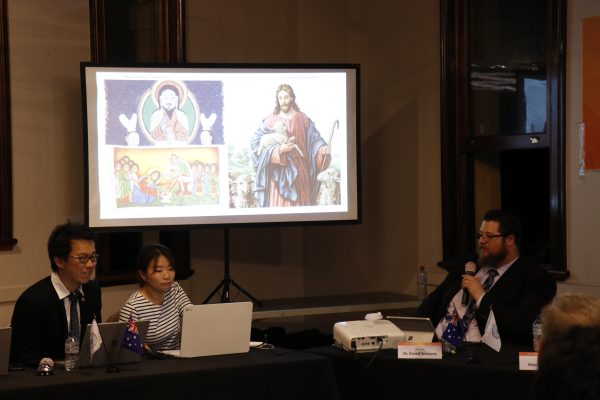
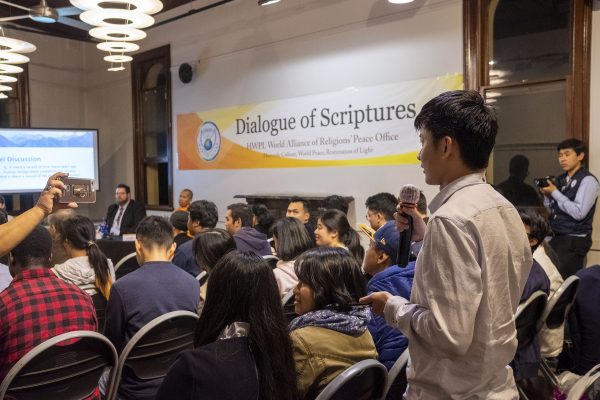
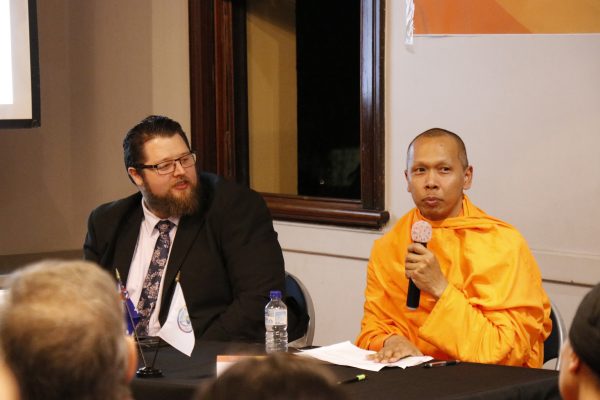



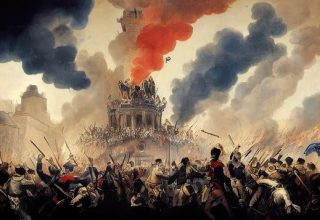


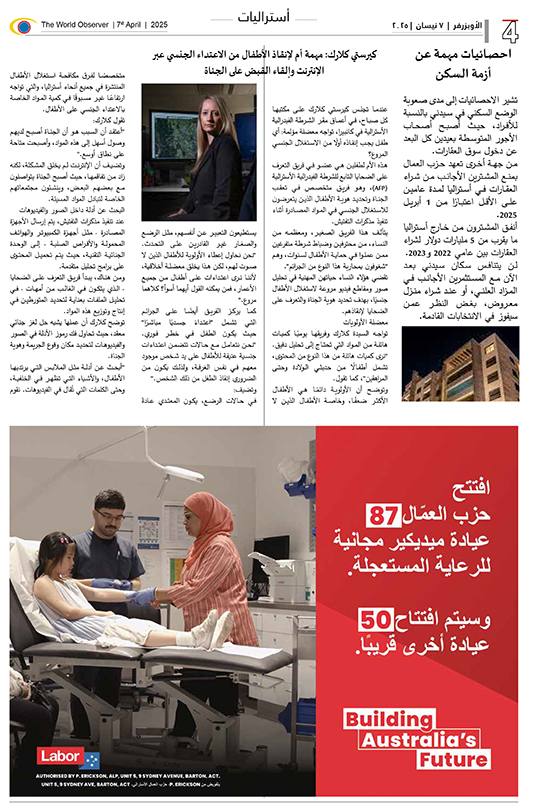
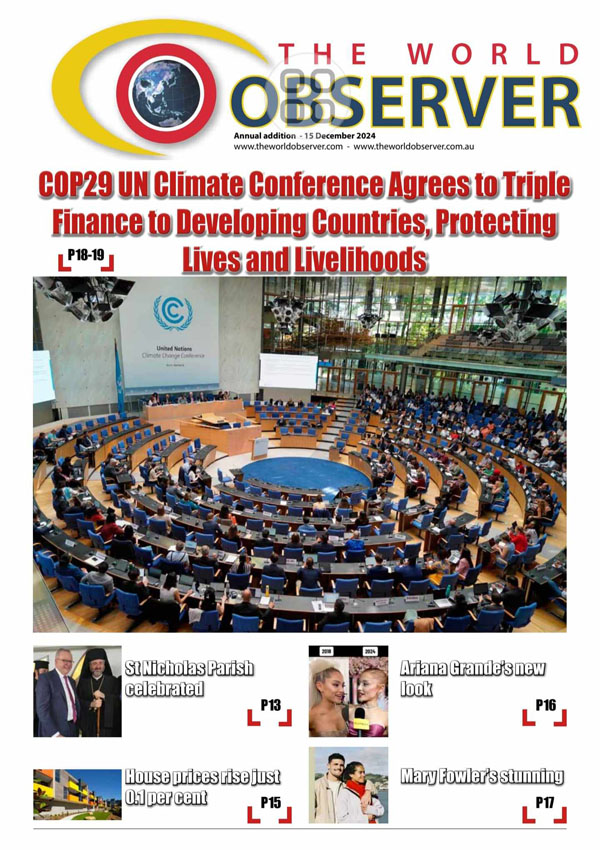
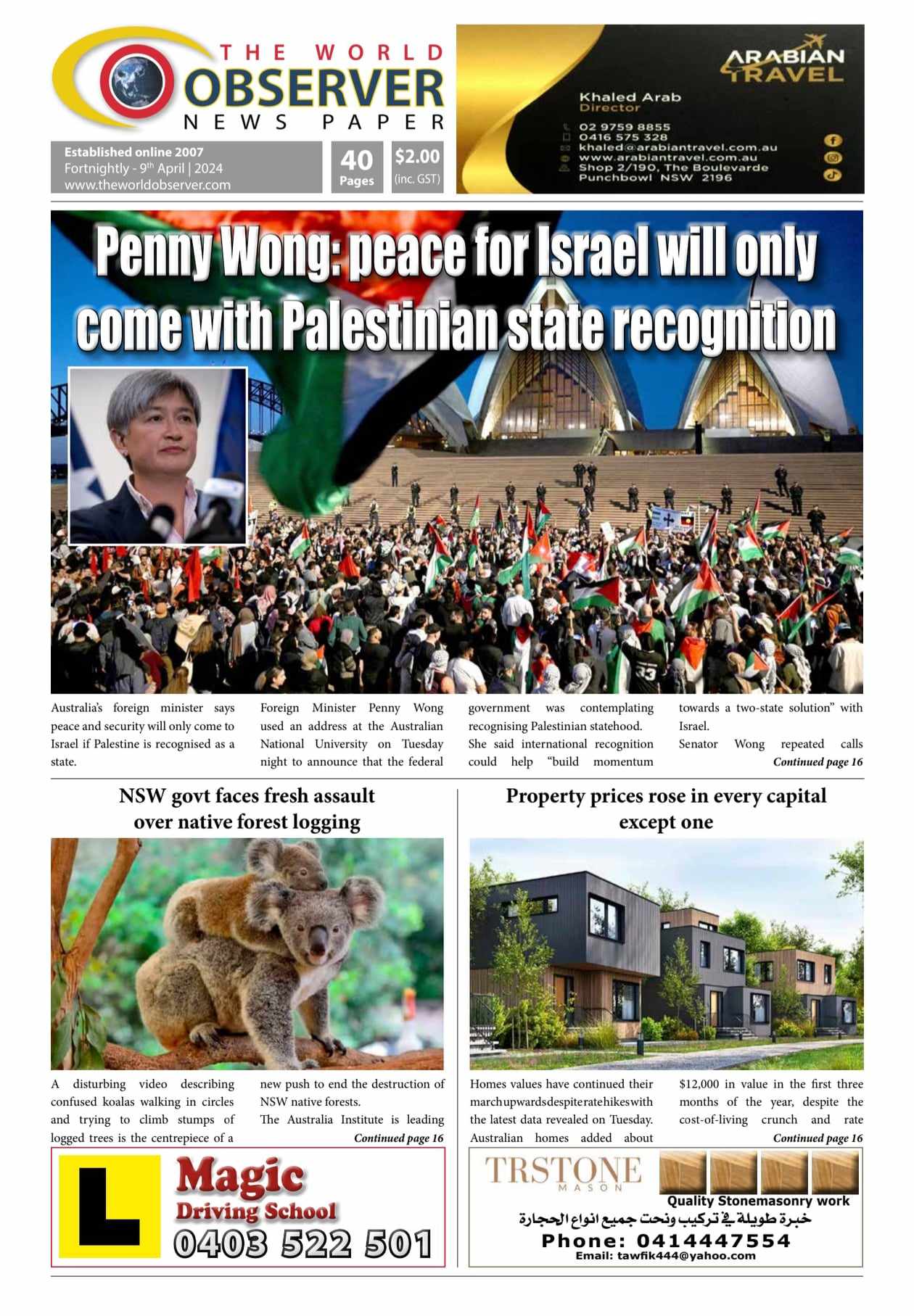





























 The World Observer Media produces a daily online newspaper, a daily Arabic online newspaper and a monthly printed Arabic/English magazine and a weekly printed Arabic/English newspaper.
The World Observer Media’s mission is to entertain and educate all generation from the Ethnic Communities in Australia, who are interested in local, national and foreign information.
The World Observer Media produces a daily online newspaper, a daily Arabic online newspaper and a monthly printed Arabic/English magazine and a weekly printed Arabic/English newspaper.
The World Observer Media’s mission is to entertain and educate all generation from the Ethnic Communities in Australia, who are interested in local, national and foreign information. 


